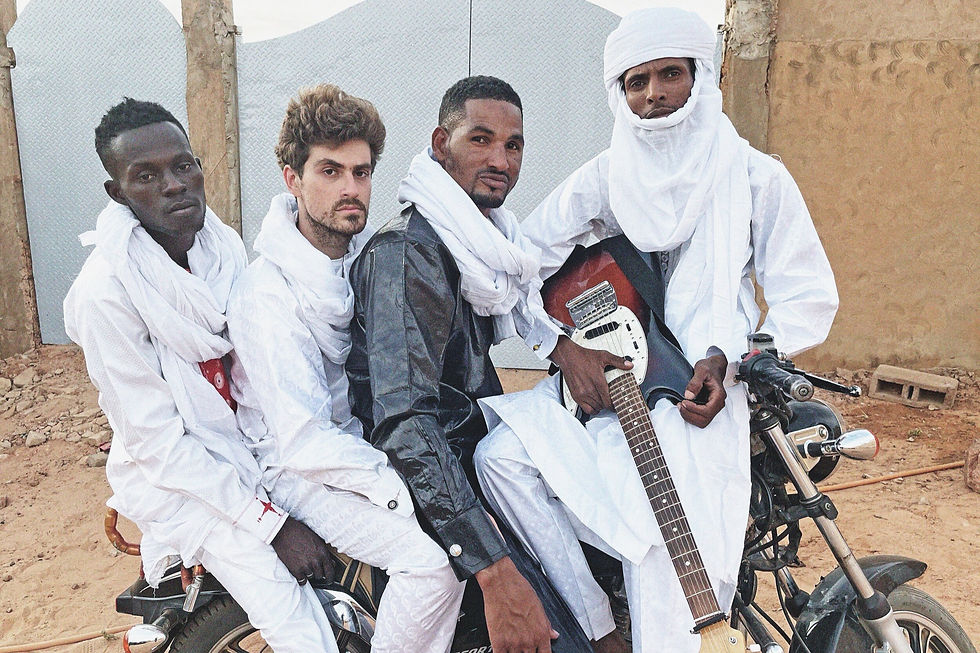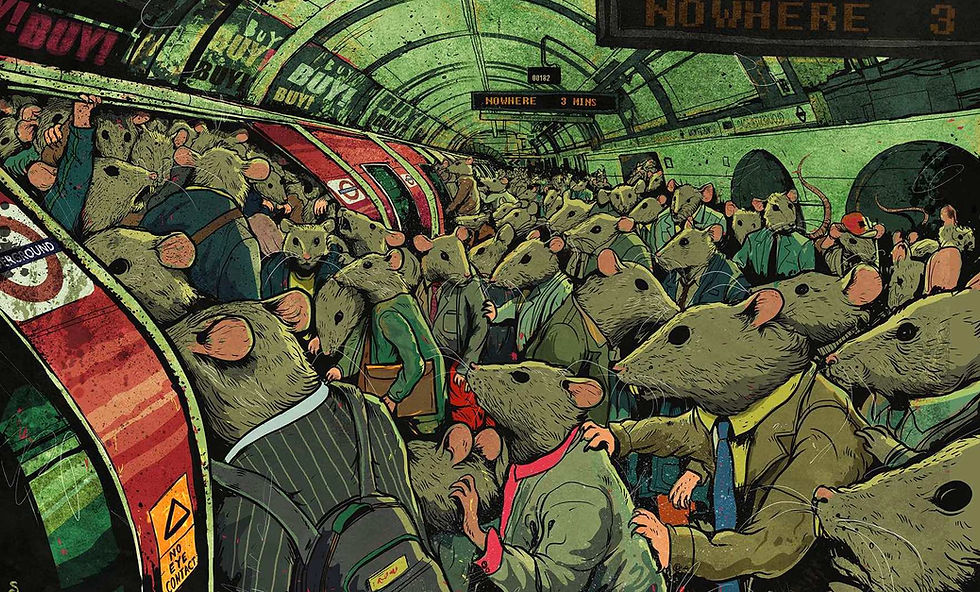Underground is not dead: aesthetics, ideals and collective survival
- João Jardel

- Aug 22
- 3 min read
It can't be merely aesthetic! Crazy to think about, but it can't and never has been merely aesthetic.
Pessimistic as I am, I've always thought that artistic cycles, especially those involving music, are doomed to resounding failure. Calm down! Let me explain.

Between bambaias and resistance: the scene is always renewed
As someone who considers himself some kind of cultural agitator, event organizer, musician, and astronomical loss racket, I've always faced the most sinister dilemma of being involved in art: either you play the cards you're dealt or you're screwed, because at some point, if you're playing truco and the streak of luck follows you for several games, eventually, everyone will want to play with you, and at that moment, luck might turn, right?! Imagine a hand with only horrible weaklings like a pair of 5s.
A rough analogy that illustrates what the scene is like when someone from the underground stands out, whether through technique, innovation, or simply aesthetics.
It was never just aesthetics: the survival of the underground scene
After years, I thought the underground was already buried. It smelled like a decaying corpse, and nothing interesting would come out of it anymore. If I lacked enthusiasm, so too did the young people who would come and not be able to enjoy the spaces I once enjoyed, like Kabana Bar or Matriz .

The truth is that the relationship between artists and consumers is very passionate and does not always go through a marketing need or JUST AESTHETIC . I'm not saying that there are no people who follow trends, but I have noticed that the cycle renews itself, people renew themselves and the underground will continue to be alive, despite streaming platforms, despite pandemics or despite the changes in access we have today to art and its infinite manifestations.
The Underground Isn't Dead: A Reunion with the Scene
It was awesome last year, after some personal chaos, to arrive at places like the Helena Greco Institute , to see Clava and Morto , two bands I'd never seen in my life, fill an underground and independent space, both with such diverse artistic backgrounds. Even better than that was seeing a diverse group of young people occupying a space that, besides being underground, also represents resistance and having fun, like I had when I saw the Itabira band Venial's show for the first time at Clube Atlético Itabirano when I must have been 15 or 16.

Hardcore 90 Documentary: The Story of a Living Scene
João HxCx recommended a documentary that I think every music enthusiast should watch, Hardcore 90 , which tells the story of the emergence of the very diverse hardcore scene in Brazil.
I watched this documentary and I'm not even going to do an analysis of it, but I'll leave the link here, because of everything extremely cool that I absorbed from this film, the most important thing is: the underground scene doesn't die, despite everything, it renews itself, despite the attacks of capitalism, that's why it's never just aesthetic, the appeal is in the discourse, in the ideal, in the desire to be part of something, in the possibility of belonging and mainly in survival in the face of the madness we face.
Dude, let's be honest: believe in the scene, because it's what we rely on and it sustains us and it will always renew itself, despite the hardships and that's it: IT'S NEVER JUST AESTHETIC .
I spoke.
Morto Redmetal: https://www.instagram.com/morto_redmetal/
Instituto Helena Greco: https://www.instagram.com/institutohelenagreco/
Headquarters: https://www.instagram.com/casamatrizbh/









Comments